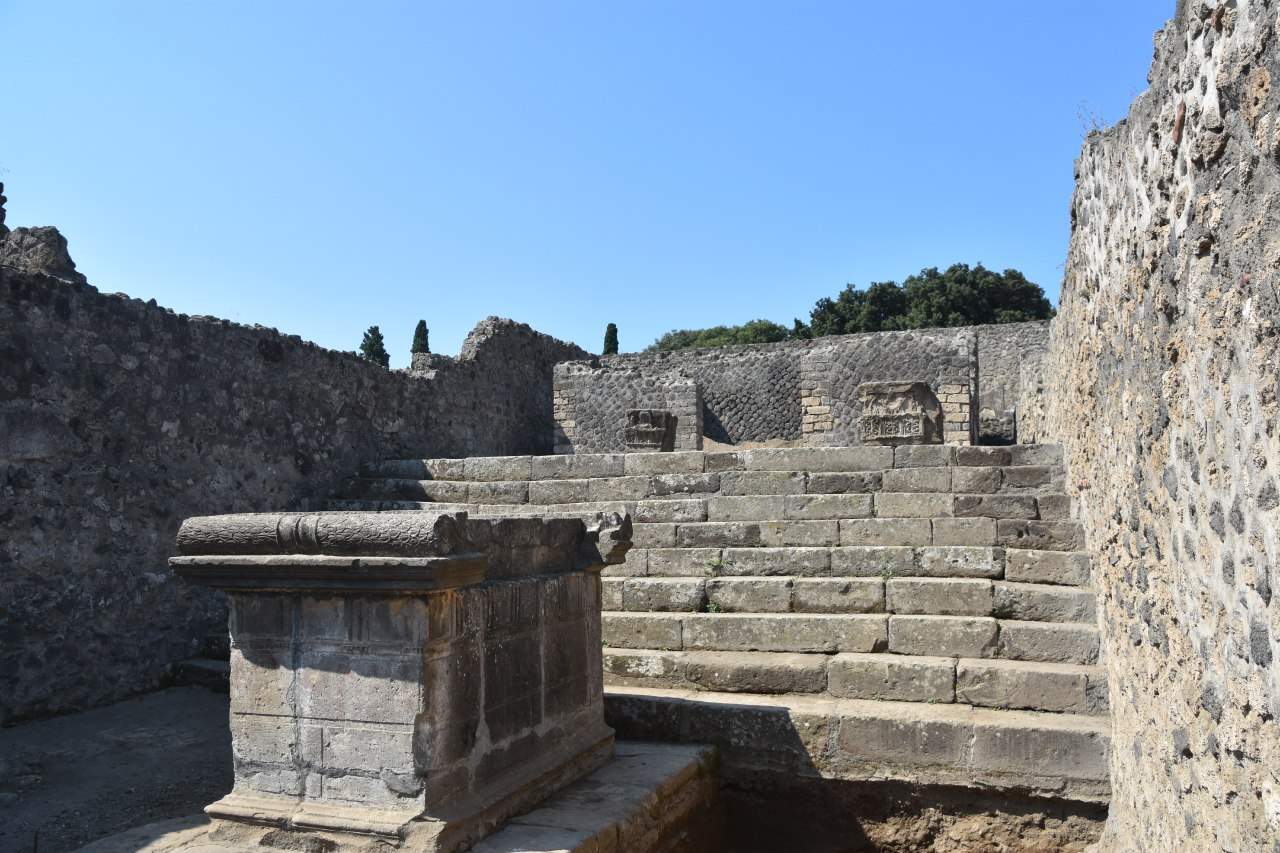An inscription has been found in Pompeii that would confirm the thesis that the destructive eruption of Vesuvius did not occur in August 79, but rather in October. It is an inscription bearing the date of the sixteenth day before the kalends of November (corresponding to October 17) and was found in a house that was undergoing renovations at the time. The date supported by many scholars, August 24, 79, is supported by a letter from Pliny the Younger to Tacitus, which reads the date nonum kal. septembres, or the ninth day before the kalends of September (August 24). There are, however, other manuscripts of the letter, in which variants of the date can be read, which would shift the date toward the end of October: these hypotheses thus find new confirmation in the date found in these days.
The inscription, made in charcoal, was discovered as part of the ongoing excavations of Pompeii’s Regio V. Superintendent Massimo Osanna explained that the date is in the context of a joking phrase and could be the work of a good-tempered worker who would have left it on the wall while work was underway on the dwelling. It is, the superintendent stressed, an extraordinary piece of evidence to provide a secure date for the eruption.
Pictured: excavations at Pompeii’s Regio V.
 |
| Pompeii: an inscription discovered that would confirm the date of the eruption |
Warning: the translation into English of the original Italian article was created using automatic tools. We undertake to review all articles, but we do not guarantee the total absence of inaccuracies in the translation due to the program. You can find the original by clicking on the ITA button. If you find any mistake,please contact us.